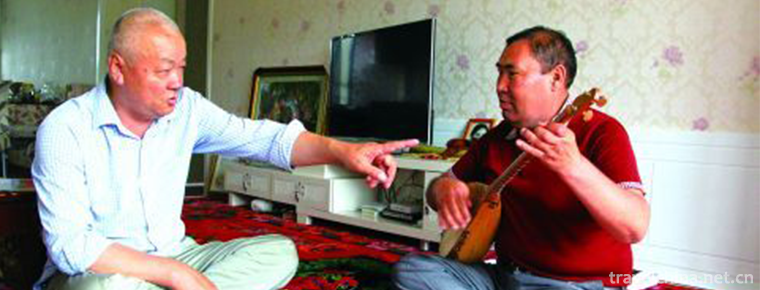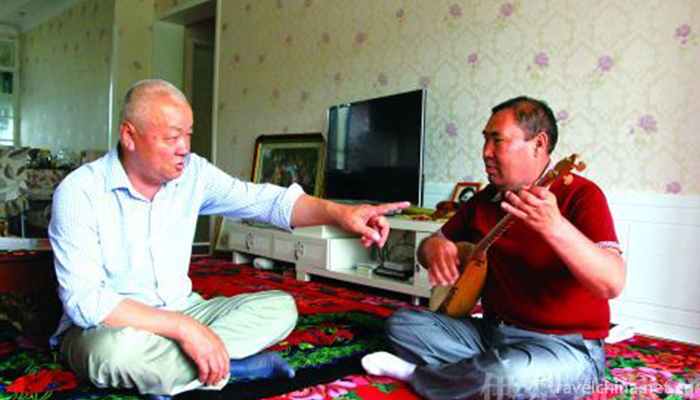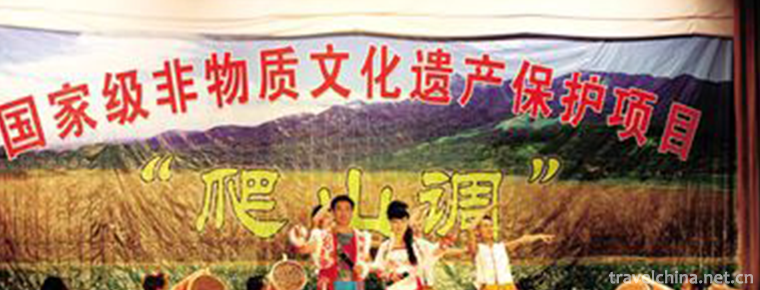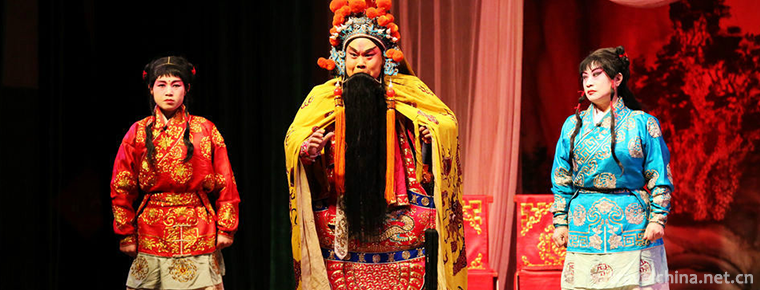2019-06-08

- By ChinaWiki.net
- Chinese Edition
- 2019-06-24
Toleau
The phonetic translation of "Toleau" in Kazakh means "lyric", "lyric poem", "revelation song" and "propaganda narration". It is one of the oldest forms of musical performance in Kazakh nationality, which mainly consists of singing and playing. Ptoleo has a long history. It is the poet or singer's emotional and emotional expression caused by his observation of life and various social phenomena. It often has plots and stories. Toleau was approved by the State Council in 2014 and listed in the fourth batch of national intangible cultural heritage list.
brief introduction
Toleau, which means "lyric", "lyric poem", "apocalyptic song" and "narrative tone", is a form of music performed in Kazakh with Dongbula accompaniment. Its content is mostly the lyrics of singers or poets'observation of life and society, often with plots and stories. Ptoleo mainly sings, singing based on traditional folk songs, no fixed tune, one person plays and sings by himself, can improvise lyrics, the speed of crossing the door is generally slow. Singers play an important role in guiding, enlightening and educating the masses. They shoulder the responsibility of popularizing knowledge and disseminating ideas. They play an important role in the cultivation and education of Kazakhs.
2 Heritage
Alifsby Muhamaiti, male, Kazakh, descendant of Toleau.
The inheritor's position in the inheritance genealogy of the intangible cultural heritage protection project Ptoleo is very clear. His mastery of Ptoleo's performing skills is relatively systematic, his inheritance of Ptoleo's traditional programs is more comprehensive, and he also has a strong creative ability to independently edit new programs. Its Ptoleo performance, enthusiastic rap and singing, stretching lines, skillful playing, free and easy mood, has its own distinct performance characteristics. And the effect of inheritance is obvious, the social impact is greater, is the backbone of Toleau inheritance. It is recommended to be the representative inheritor of the national intangible cultural heritage Toleau.
December 28, 2017, was selected as the fifth batch of national intangible cultural heritage representative project representative successors recommended list.

Ask a Question
Your email address will not be published.



0 Questions